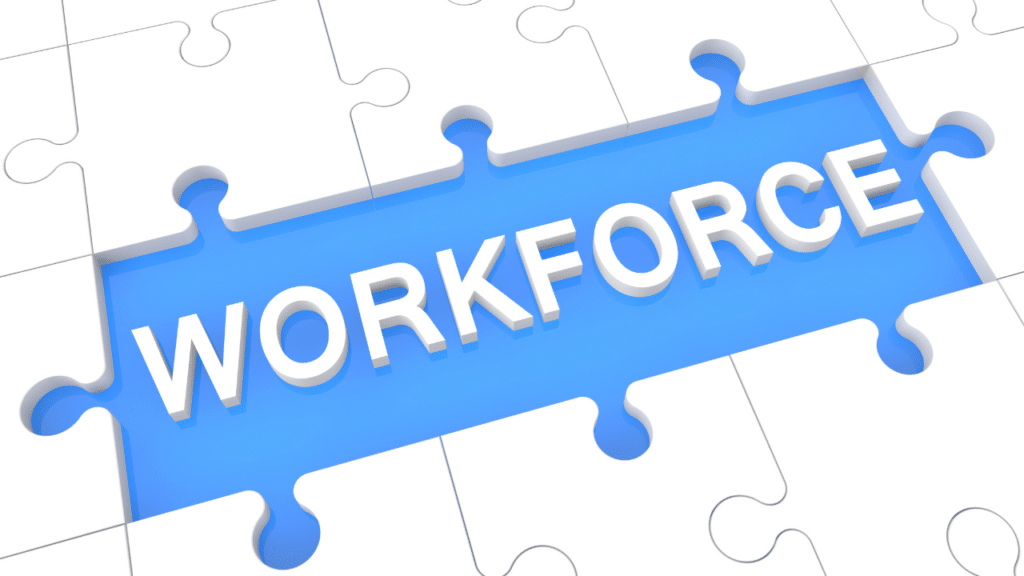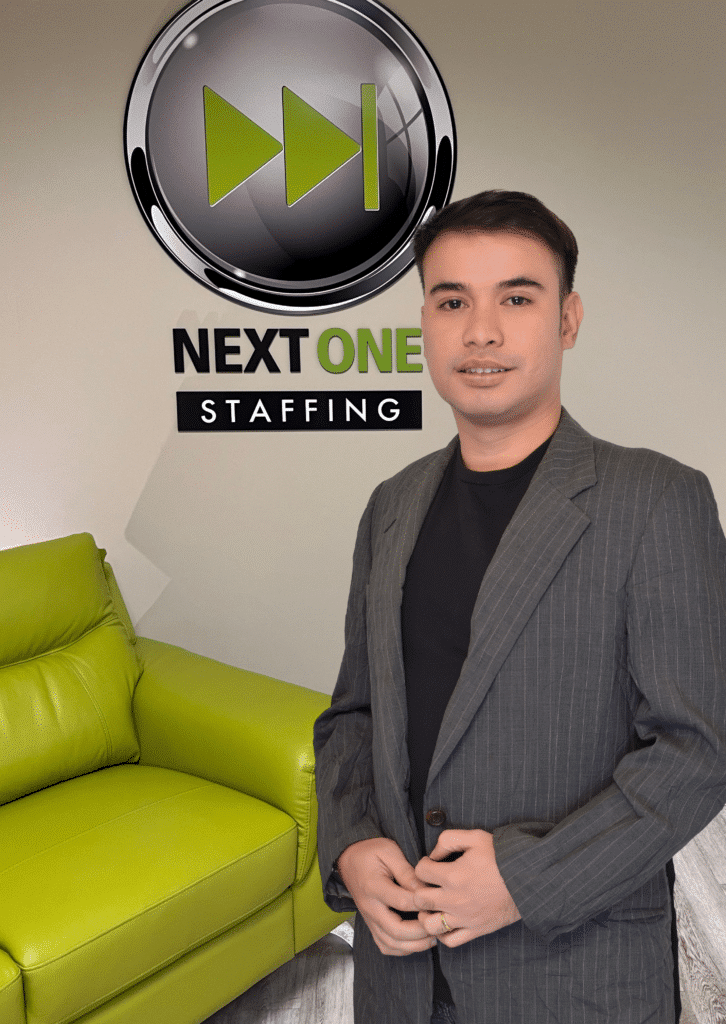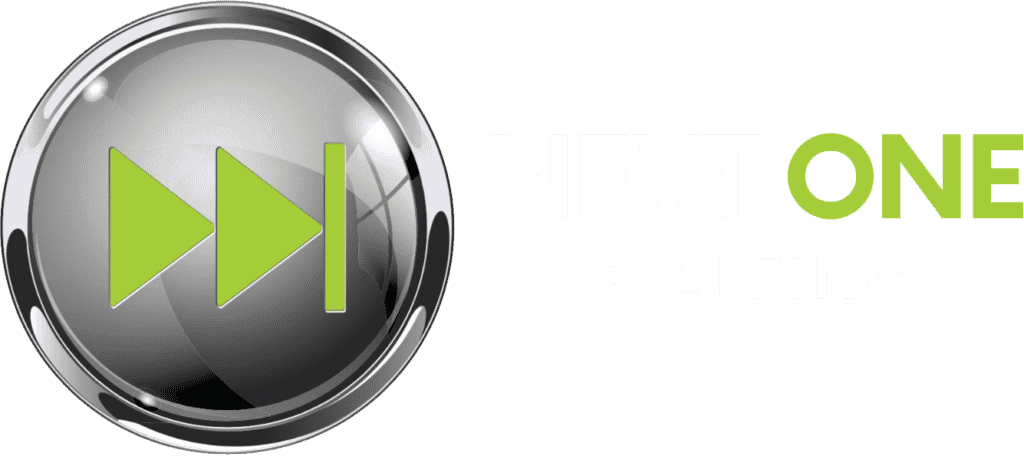In today’s rapidly evolving business landscape, organizations face a multitude of challenges that require strategic foresight and adaptability. Among the most crucial aspects of this strategic foresight is effective workforce planning. As the backbone of any successful organization, workforce planning ensures that the right people are in the right roles at the right time. This blog explores the critical importance of workforce planning and its profound impact on organizational success.

Understanding Workforce Planning
Workforce planning is the process of analyzing, forecasting, and planning workforce supply and demand. It involves assessing the current workforce, predicting future workforce needs, and developing strategies to bridge the gaps between the present and future. Effective workforce planning is not just about filling immediate vacancies; it’s about creating a long-term strategy that aligns the workforce with the organization’s goals.
The Impact of Effective Workforce Planning
- Alignment with Business Strategy Effective workforce planning ensures that an organization’s human resources are aligned with its strategic goals. When workforce planning is integrated with business planning, it enables organizations to anticipate changes in demand, pivot quickly when needed, and ensure that talent acquisition and development are driven by strategic objectives. This alignment leads to a more cohesive and agile organization, ready to meet challenges head-on.
- Enhanced Talent Acquisition and Retention One of the primary benefits of workforce planning is its ability to improve talent acquisition and retention. By understanding future needs, organizations can proactively recruit the right talent and implement strategies to retain key employees. This reduces turnover, lowers recruitment costs, and ensures that critical roles are always filled by competent individuals who are aligned with the company’s vision.
- Increased Operational Efficiency Effective workforce planning helps optimize the allocation of human resources, ensuring that each department is adequately staffed without being overstaffed. This leads to increased operational efficiency, as teams can work at optimal capacity without the strain of being overburdened or the waste of underutilized resources. The result is a more productive and cost-effective organization.
- Risk Mitigation Workforce planning plays a vital role in risk management. By forecasting potential skills shortages, identifying key roles that are critical to business operations, and developing succession plans, organizations can mitigate risks associated with talent gaps. This proactive approach ensures that the organization remains resilient in the face of unexpected changes, such as sudden departures or shifts in market demand.
- Support for Organizational Growth As organizations grow, their workforce needs evolve. Effective workforce planning supports this growth by ensuring that the organization has the right mix of skills and experience to drive expansion. Whether the growth is organic or through mergers and acquisitions, workforce planning provides the blueprint for scaling human resources in a way that supports sustainable growth.
- Improved Employee Engagement and Morale When employees see that their organization is investing in strategic workforce planning, it often leads to increased engagement and morale. Employees feel more secure knowing that the organization is thinking ahead and planning for their development. This, in turn, fosters a positive work environment, where employees are motivated to contribute to the organization’s success.
The Consequences of Poor Workforce Planning

On the flip side, poor workforce planning can have dire consequences. Without a clear strategy, organizations may find themselves grappling with skills shortages, high turnover rates, and an inability to meet business demands. This can lead to decreased productivity, increased costs, and ultimately, a loss of competitive advantage.
In an era where agility and adaptability are key to survival, organizations cannot afford to neglect workforce planning. Those that invest in this critical process position themselves for long-term success, with a workforce that is not only capable but also aligned with the strategic goals of the organization.
Conclusion
Effective workforce planning is not just a human resources function; it is a strategic imperative that impacts every aspect of an organization. From aligning with business strategy to enhancing talent acquisition, improving operational efficiency, mitigating risks, supporting growth, and boosting employee morale, the benefits of workforce planning are far-reaching.
In a competitive business environment, organizations that master workforce planning are the ones that will thrive. By taking a proactive approach to managing their human resources, these organizations ensure that they have the talent they need to achieve their goals, now and in the future.

























